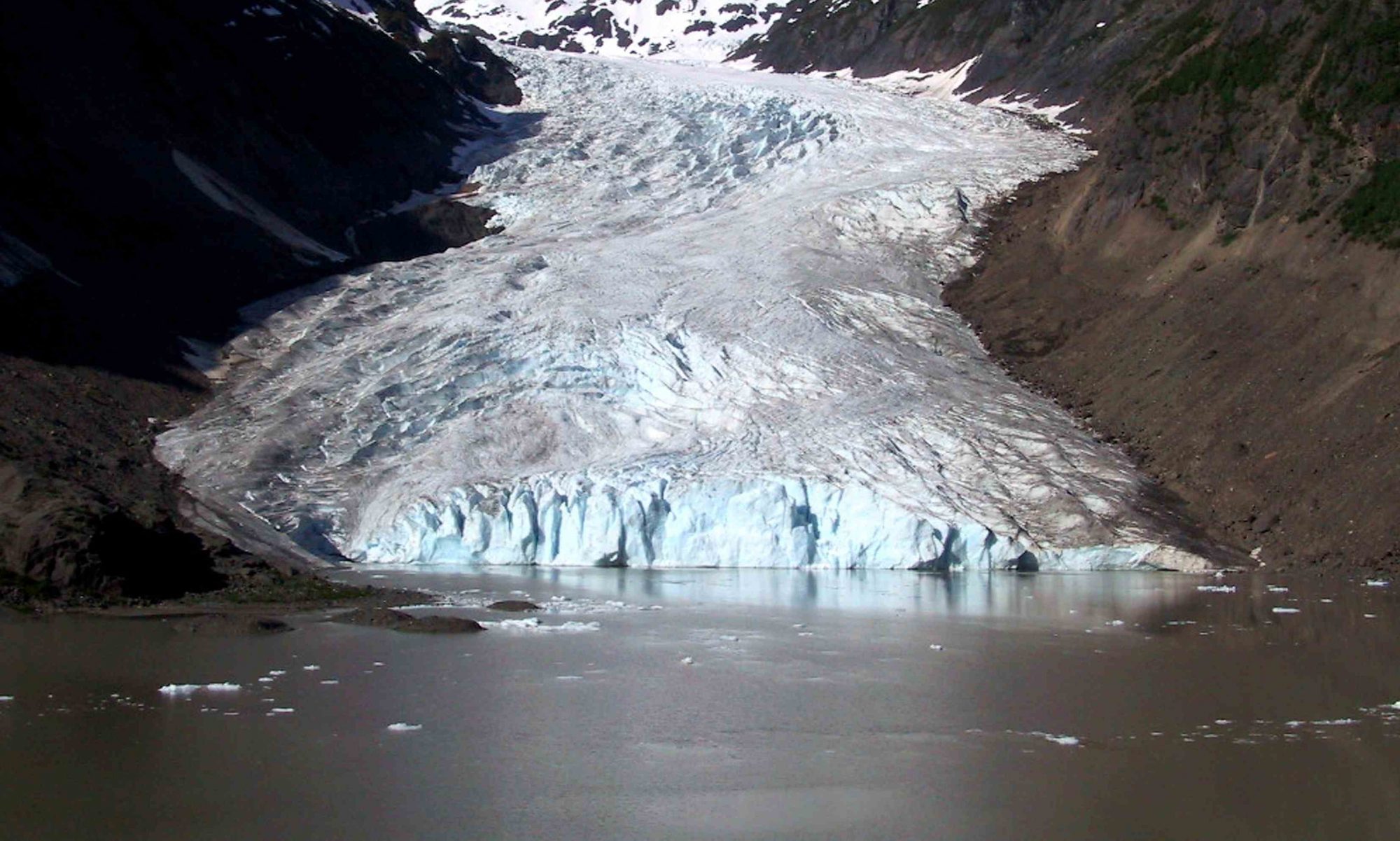The large 668,000km2 Columbia River basin is situated along the North American Pacific Northwest. More specifically, it occupies the eastern portion of British Columbia near the Rockies, and extends through Washington State and Oregon. It is arguably one of the most complex river systems in North America as it flows through multiple ecosystems (desert, subarctic, and sea-level ecosystems), and crosses international boundaries. As the climate warms scientists know that this river basin will experience transformations, but they do not know when it will change or by how much.
One of the main influences on species distribution in this region is the presence of glaciers, as they directly impact river sediment supply and biodiversity. When glaciers melt, they input large amounts of sediment into the channel network as suspended sediment. Such changes in sediment transport can lead to increased erosional rates and aggregation, which alters the stream habitat. Moreover, the disappearance of glaciers can reduce the biodiversity in glacially-fed rivers. Seen in a study conducted by Cauvy-Fraunie et al. (2016), a 4-year flow manipulation in a glacially-fed system showed marked increases in algal biomasses following glacier retreat. This correlates to a profound ecological effect on river systems.
The northern part of the basin is strongly influenced by the glaciers in the Rockies, but how will the loss of those glaciers affect our particular region of study? To begin to answer this question we will analyze how climate warming affects various fish species in the Columbia River basin. We conduct predictive modeling using GIS to generate input data in order to predict the distribution of fish species following glacial ablation. We compare our results to the distribution seen in 2080 where we predict that there will be no glaciers and the average summer temperature will be higher.
